
ST. PAUL, Minn. — Bills introduced in the Minnesota legislature are seeking to redirect to highway maintenance money the state has already set aside for a Twin Cities-Duluth passenger train.
HF 1167, introduced by Rep. Patti Anderson (R-Dellwood), and SF 250, introduced by five Senate Republicans, would block the spending of $194 million allotted by legislators in 2023 for the Northern Lights Express passenger train [see “Minnesota legislature approves …,” Trains News Wire, May 22, 2023].
Both versions would prohibit the state commissioner of transportation and the Metropolitan Council, the Twin Cities governmental agency, from spending money for “studying, planning, engineering, design, land acquisition, or construction” of the service. The House version specifies the money must be transferred to the general highway fund; the Senate version does not address where the money goes. (Both erroniously refer to the Northern Lights Express as a “high-speed passenger rail project.”)
The Minnesota Star-Tribune reports that Anderson said in a March hearing that “we need to face reality and take care of what we have,” saying the Trump administration is unlikely to support the project. Current plans call for the Federal Railroad Administration to fund 80% of the $719 million startup costs.
The Minnesota House of Representatives is currently split 67-67 between Republicans and Democrats, while Democrats hold a 34-32 edge in the Senate, with one vacancy, according to Ballotpedia.






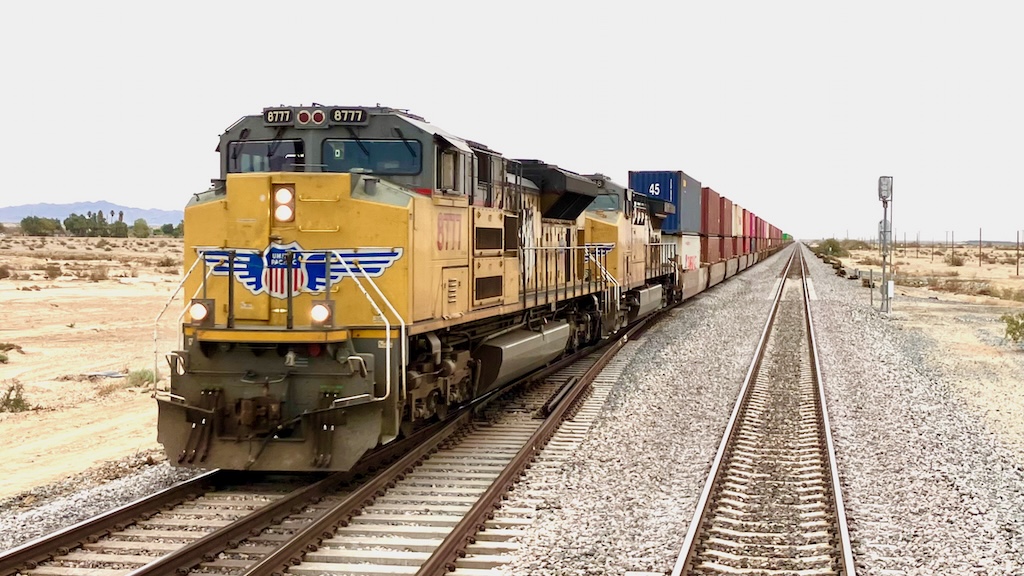

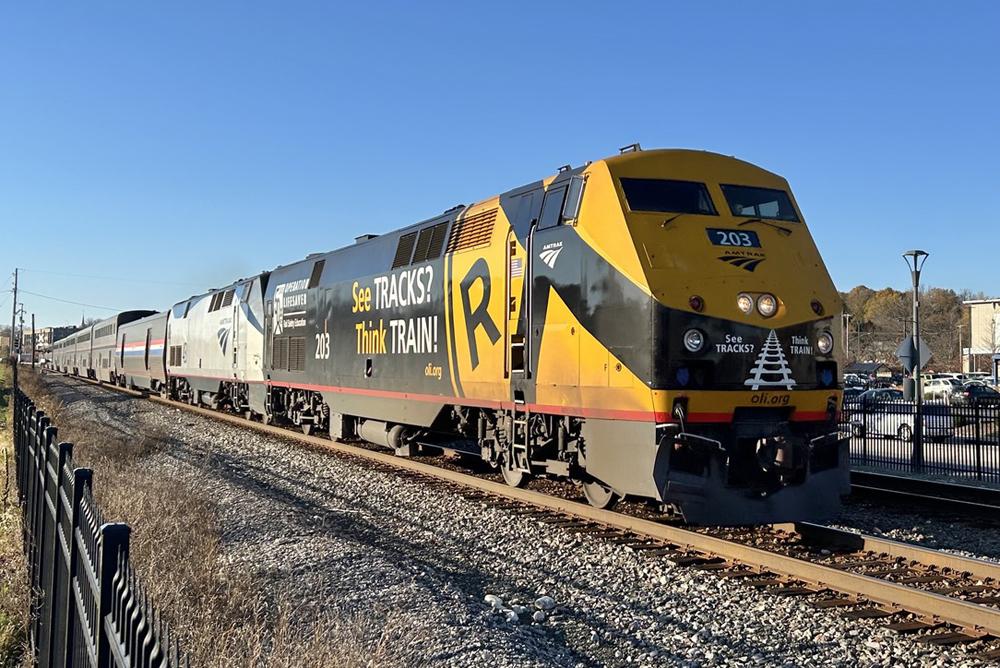
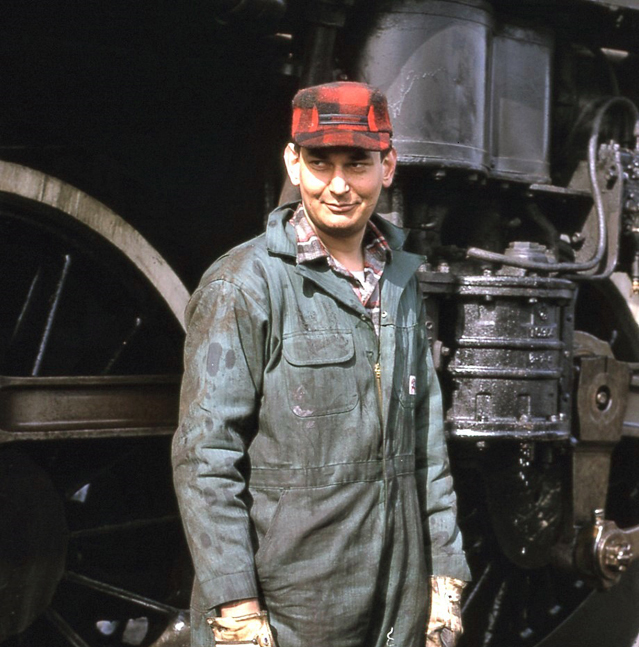
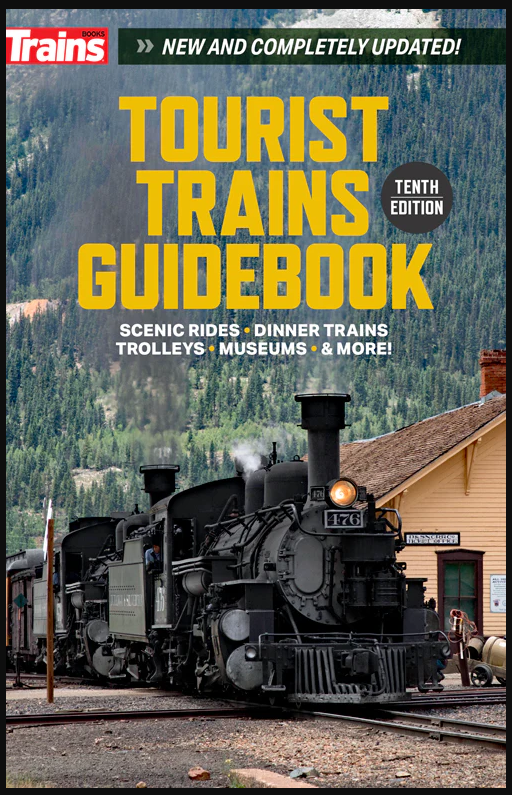
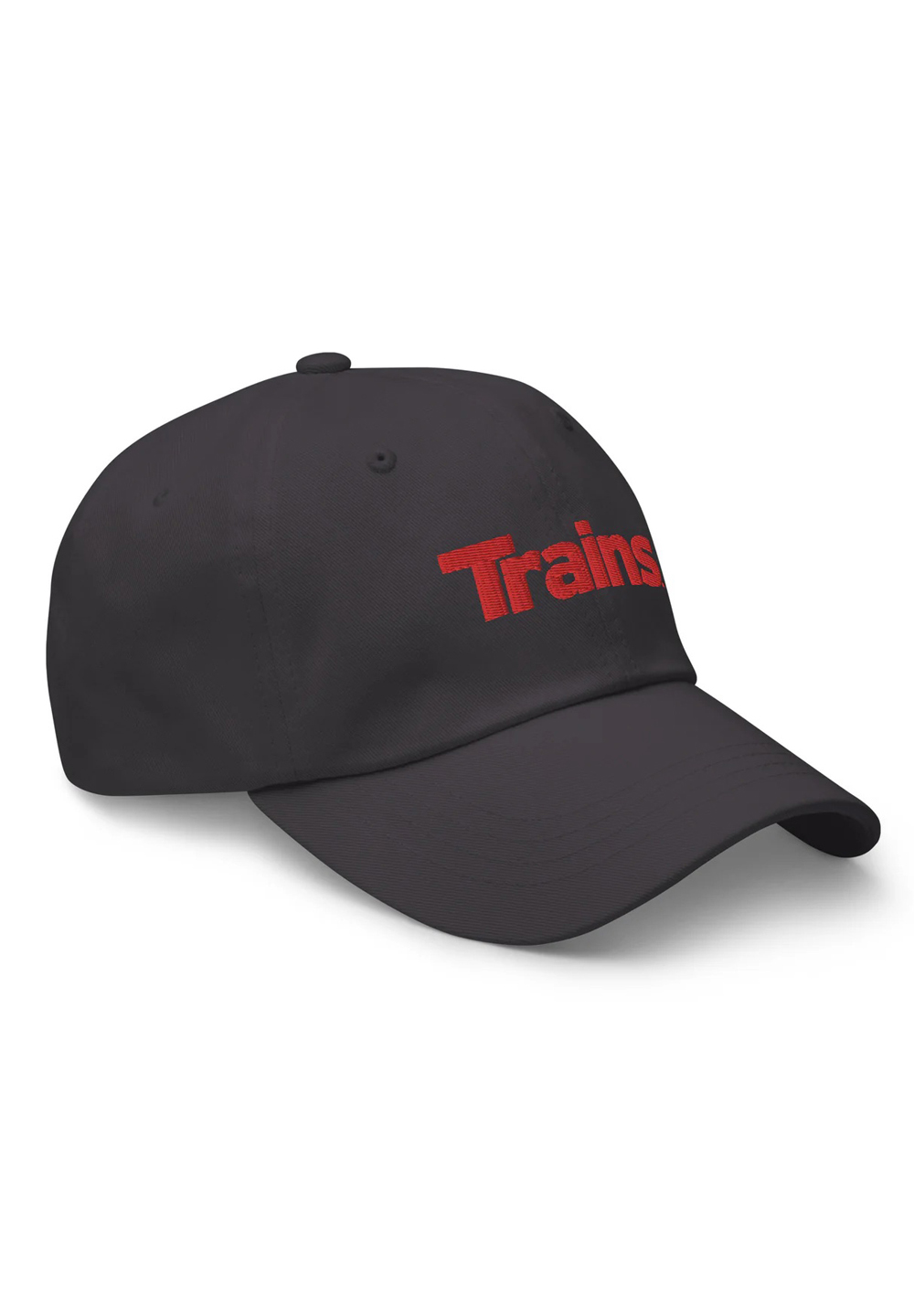

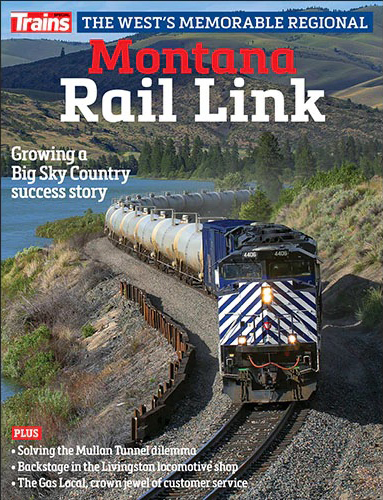
There are buses but nobody wants to ride a bus. It’s 155 mi from MSP to Duluth there’s publicly subsidized flights between the two, Duluth is a redundant airport which receives abundant Fed & State $$$. There shouldn’t even be flights between two points that close except charters. This is an ideal market for rail if done right!
Yes Galen there’s a market for the train if done right. By that I gather you mean sending it to SPUD. Can we see if we can lower the $719 Million.
Agree with you on subsidized air travel. Should be discontinued.
719 million seems to be way too much of a cost for a handful of riders. I believe the drive to Duluth is only a couple hours.
1) If there currently are buses running, then people are riding them. Otherwise, there wouldn’t be any.
2) 155 mile “commuter” airline flights that exist to connect to the national airlines at major airports are common in the much of the US. Many of these do have enough passenger volume that the individual government passenger subsidy per flight is very small–if at all.
3) Since its unlikely that any federal funding will be forthcoming before later 2029, it makes sense to currently move ahead on the project only if the state is going to commit to fully fund it if the Feds don’t.
Yes, there should be flights between DLH and MSP. Yes, the Duluth airport receives federal funding (as do most of the country’s airports) in the form of grants, but it’s not an Essential Air Service airport. Currently, DLH has four Delta flights daily to MSP, and three daily United flights to ORD (Chicago O’Hare). It also has seasonal service via Sun Country to Florida. The flights to MSP and ORD feed those hubs. In the case of travel on the DLH-MSP leg, it’s likely that most passengers are transferring to and from other flights at the hub in MSP. DLH airport is the second-busiest in Minnesota with 128,109 enplanements in 2023. It was the 215th busiest commercial passenger airport in 2023 out of 549 total. La Crosse (LSE) and Rochester (RST) are non-EAS airports closer to MSP than is Duluth, but they serve the same function: feeding the hub. So, yes, Twin Cities-Twin Ports would be a good market for rail travel (if, as you say, done right), but the air service needs to exist for longer haul trips via large hub airports.
There’s plenty of bus service NOW. Why not schedule the buses to call at the RR Station and see who rides? Is the object of the game to get people where they’re going or to run trains?
The main problem with this NLX is plan is the Minneapolis destination, the Empire Bldr & Borealis don’t stop there, this is just a downtown transit “station” for the Northstar Commuter line. This is as poorly planned as the Northstar Commuter, Minneapolis likes to promote these types of projects as their own little keepsakes like charms on a bracelet but never bother to advocate for them once they get them which is what would happen if this project went forward in its current plan it would flounder & fail. The only way this project will be viewed as legitimate is if it originates at SPUD.
Once again we have some elites trying to hold back others from transportation options. Another way to balkanize our country. With tariffs there are going to be many persons that cannot afford an automobile especially replacements.
Alan — I doubt that the average Minnesota taxpayer would welcome the label you use in your post … “some elites …..”
Sorry, Alan, we can’t have a train everywhere (wish we could, but we can’t). People who can’t afford a car or can’t drive a car won’t necessarily find that this train would meet their needs.
In 1971 when rail advocates my age were old enough to be NARP members or NARP supporters, the start-up cost of a passenger train was zero. Or so that was the perception. The tracks, the stations, the station platforms, the rolling stock, the coach yards, dodgy and decrepit as they were, did exist.
Now the start-up cost is $719 Million. Do the math at a Capital Recovery at 5% (to pick a number), that’s $35.95 Million a year in Capital Recovery. Or about $100,000 a day. So if you get 2,000 riders a day (which is possible but doubtful), the Capital Recovery is $50 per fare or $100 per round trip.
Add in the daily O+M subsidy, that’s what you’re dealing with. So regardless of who pays (or doesn’t pay) the startup cost (state or feds) the numbers don’t look all that great.
Now, the particular train. Doesn’t connect to St. Paul, which is where the Amtrak station is. The light rail from Minneapolis to St. Paul also doesn’t directly connect to Amtrak, there’s a bit of a walk.